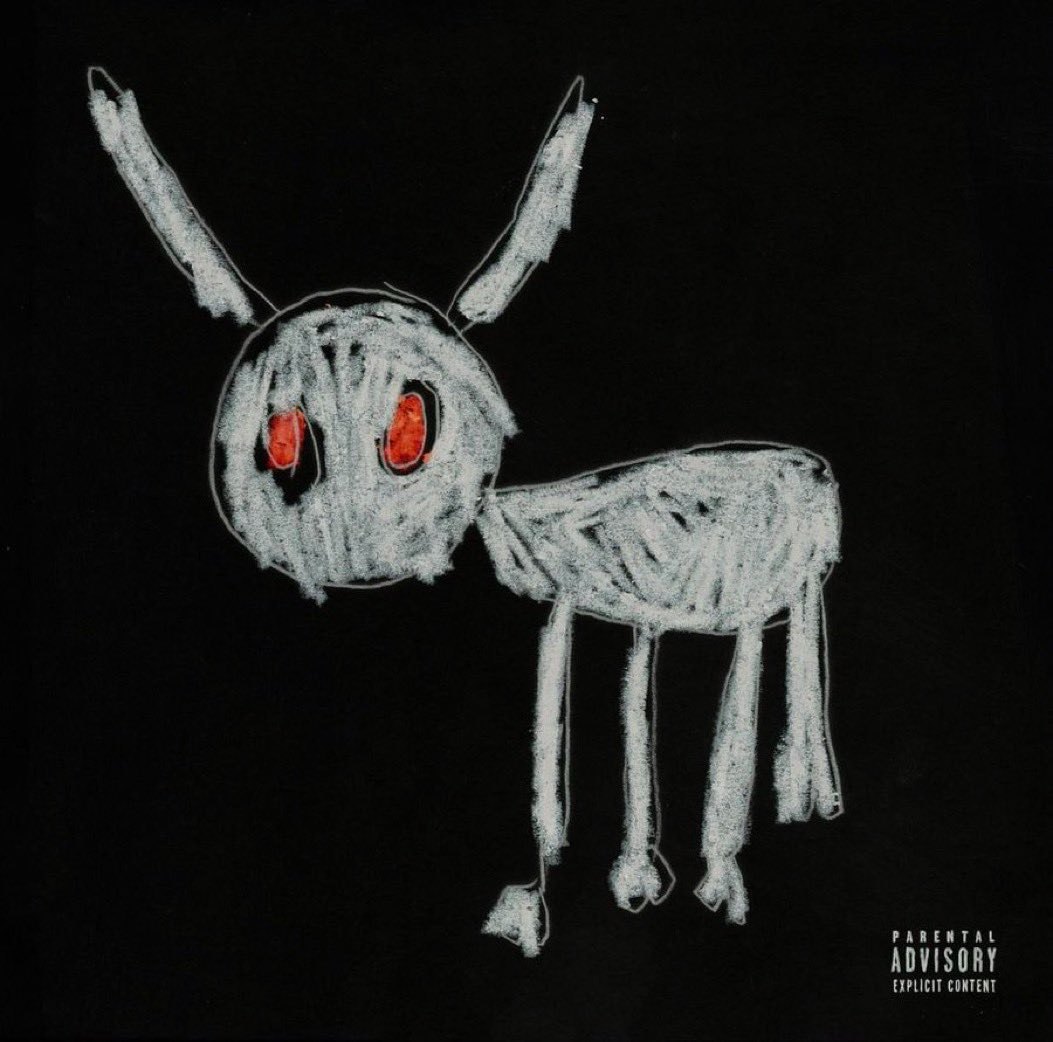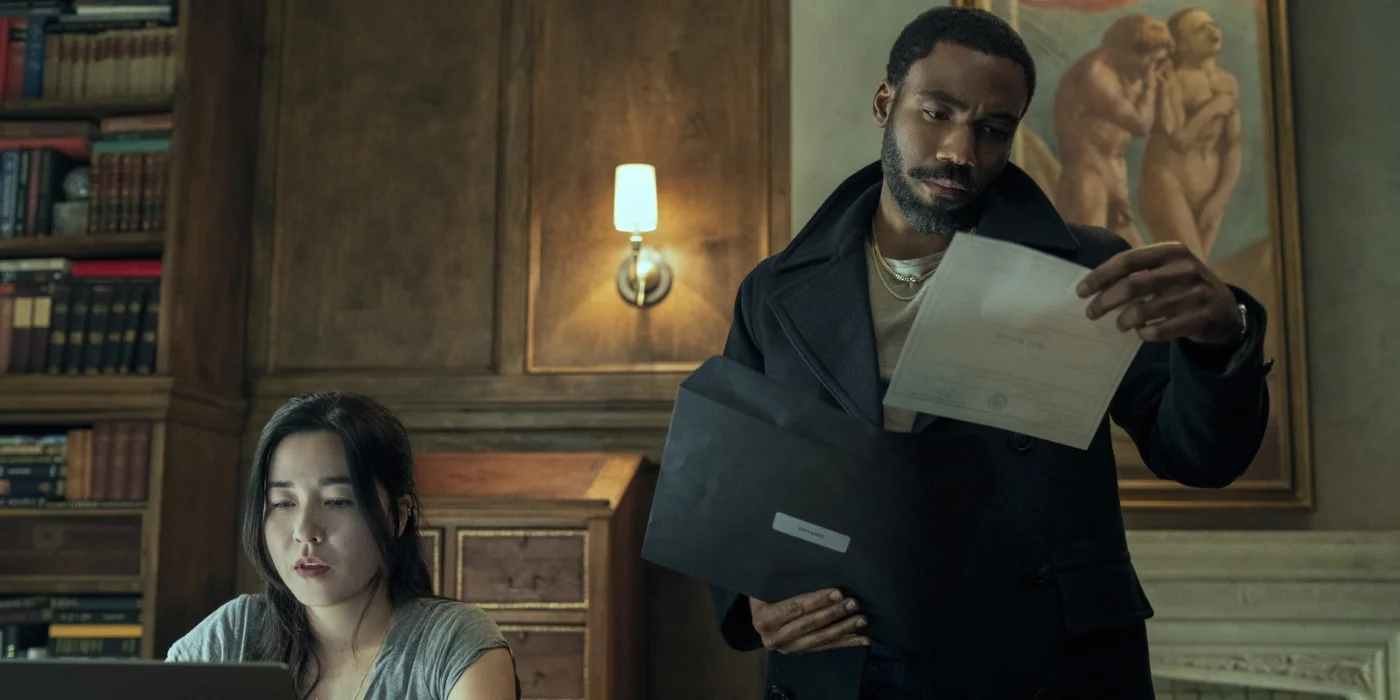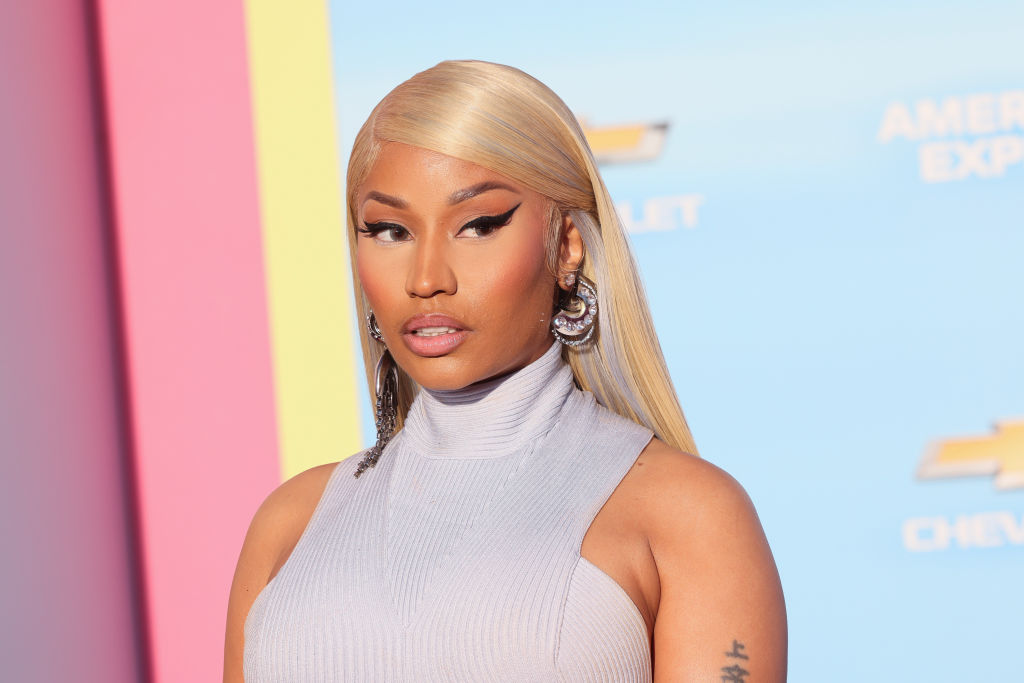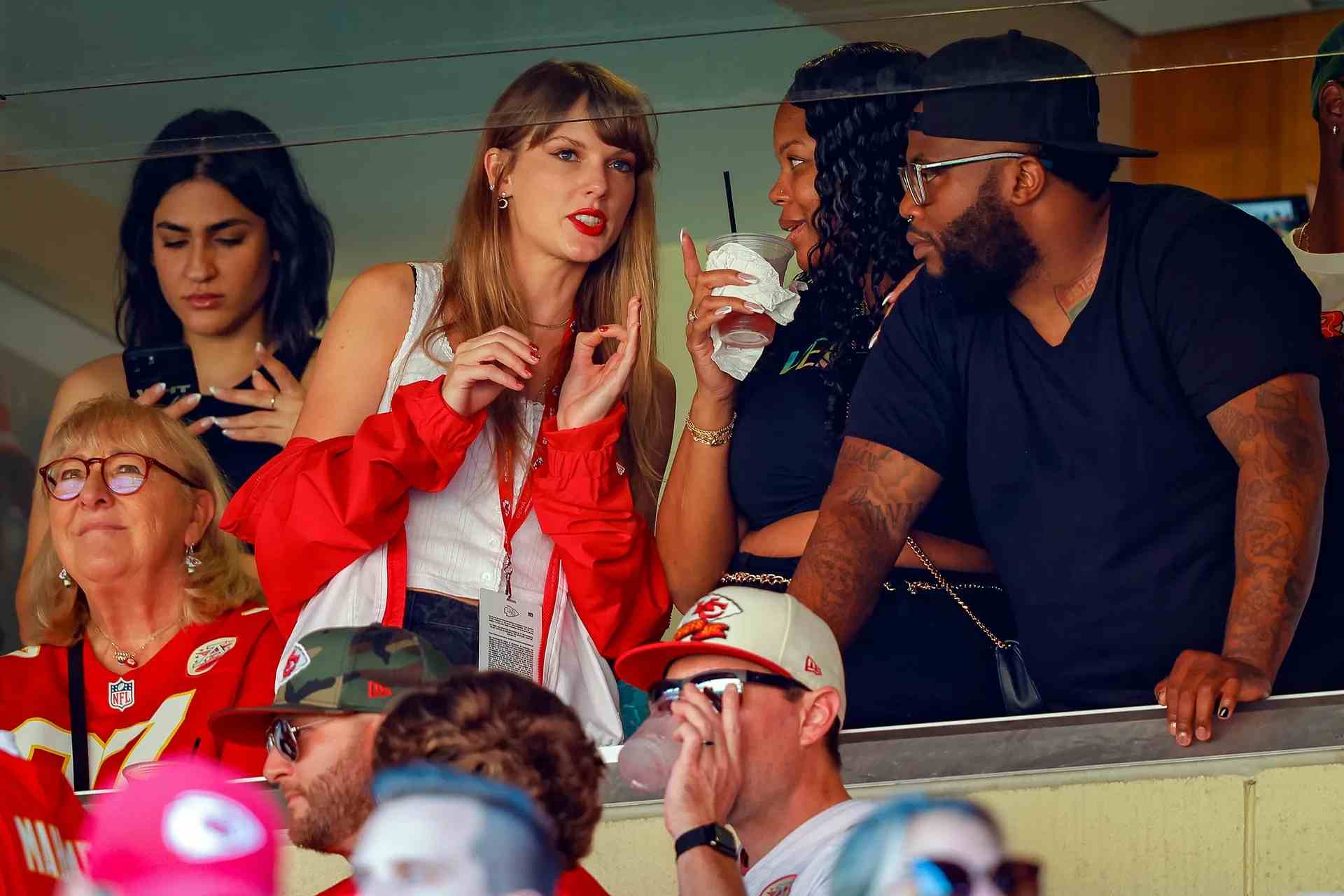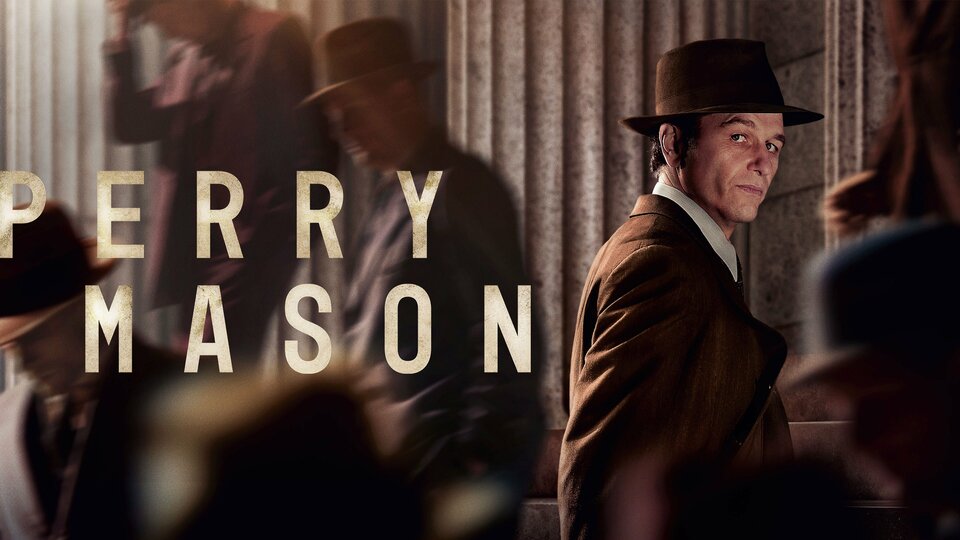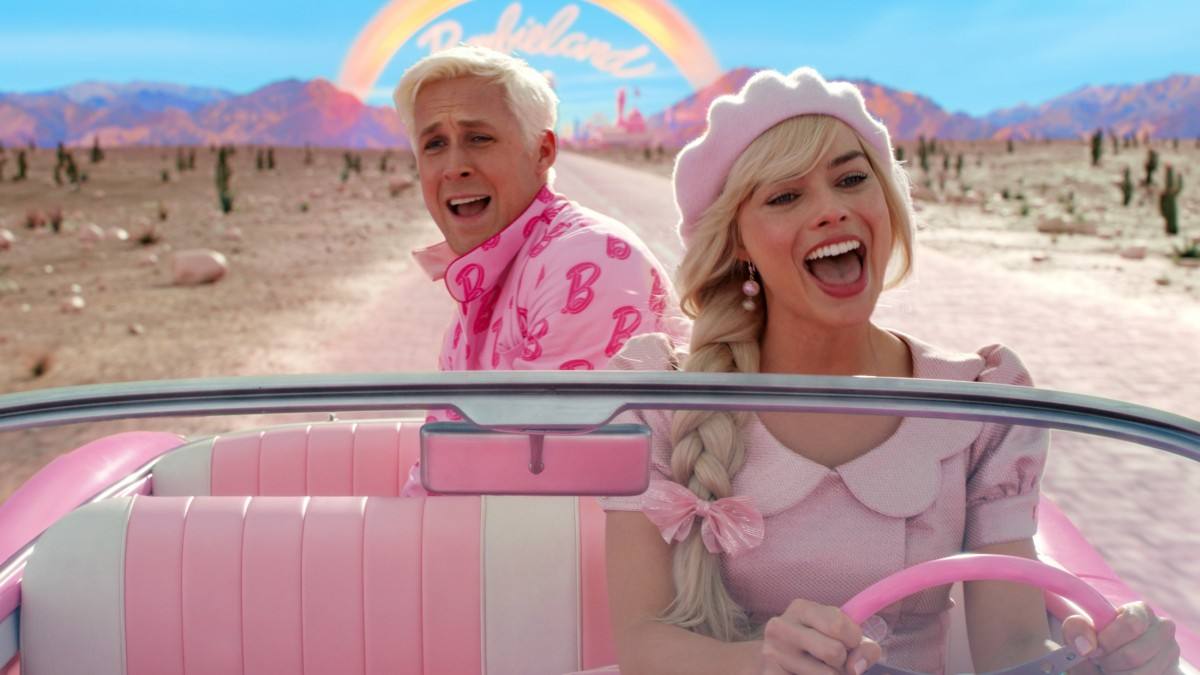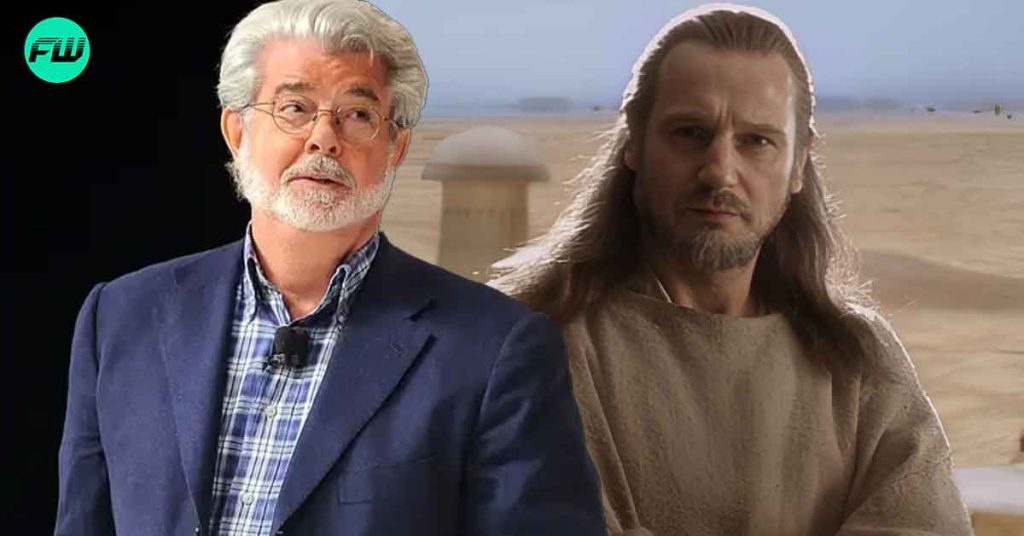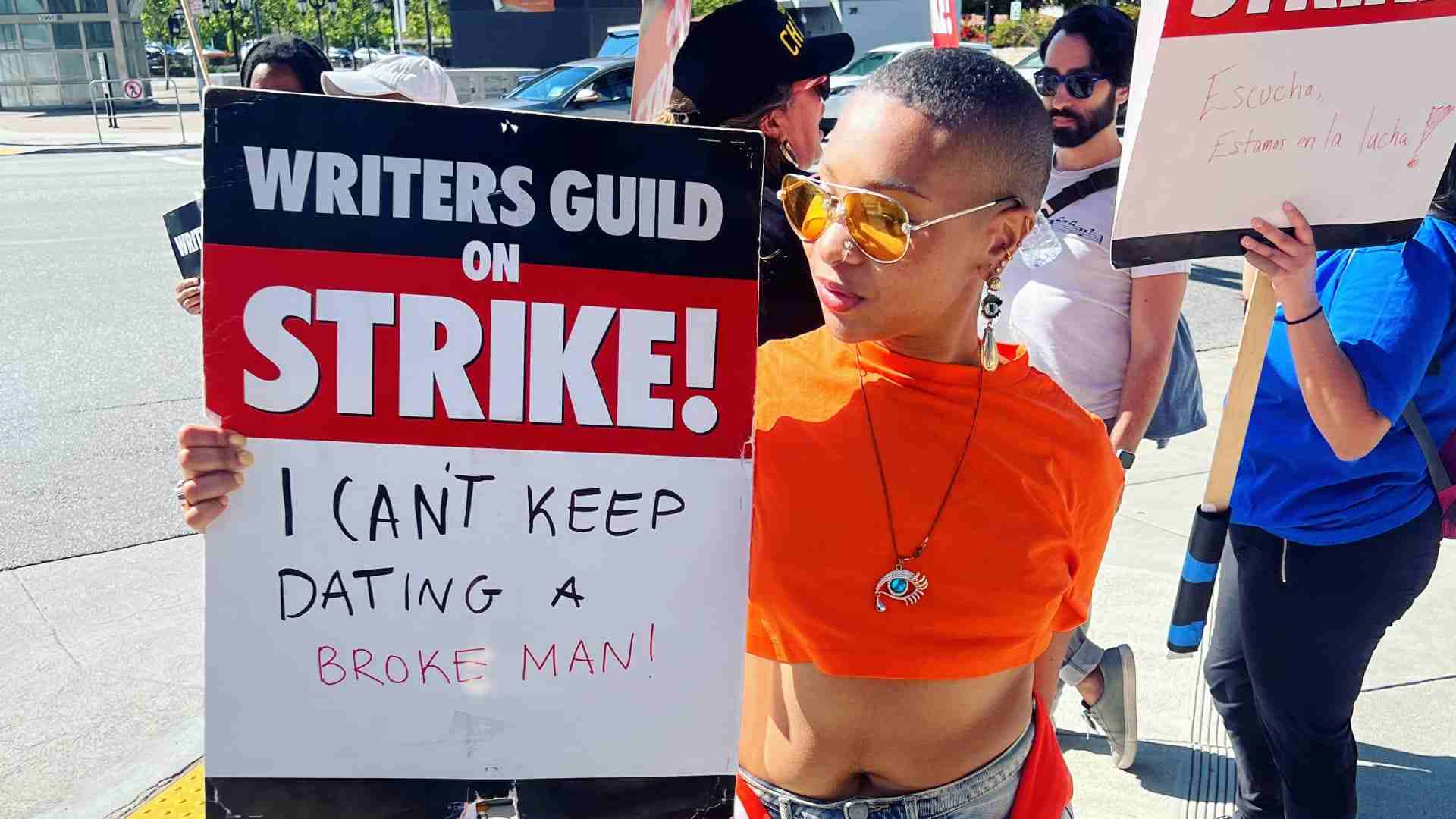3 Reasons Why ‘Shadow & Bone’ Has Been Cancelled By Netflix After 2 Seasons
Netflix dropped the bomb, canceling “Shadow & Bone” after two seasons, and fans are left scratching their heads, wondering what led to this sudden breakup. Let’s break down the breakup, Netflix-style, and unravel the messy web that led to the demise of our beloved fantasy series.
1. Performance vs. Cost: The Cash Crunch Conundrum
At the heart of the breakup is the classic dance of dollars. Despite “Shadow & Bone’s” early success, Netflix threw in the towel, deeming the viewership not worth the hefty cash splash. This fantasy fiesta, with its elaborate world-building and flashy visual effects, turned out to be a pricey date. Netflix, the financial guru, insists on big viewer numbers to justify the splurge. Sadly, “Shadow & Bone” fell short, showing us the harsh reality of trying to juggle artistic dreams and financial realities in the cutthroat world of streaming.
Lost in the Money Maze: “Shadow & Bone” vs. Netflix’s Wallet
“Shadow & Bone” took Netflix on a financial rollercoaster. The lush Grishaverse demanded a fat wallet commitment, testing the limits of what Netflix considers justifiable. As Netflix wrestles with the eternal struggle of quality content vs. budget constraints, “Shadow & Bone” found itself on the wrong side of the equation. This throws a spotlight on the ongoing debate in the industry about whether it’s feasible to produce visually ambitious fantasy series within the confines of budgetary pragmatism.
2. Production Delays: Hollywood Hits the Snooze Button
Enter the chaos of Hollywood strikes – the Writers Guild of America (WGA) and SAG-AFTRA strikes, to be precise. These strikes threw a colossal wrench into “Shadow & Bone’s” gears, causing delays in scripts and shoots. In an industry where consistency is king, these prolonged interruptions can be a series’ undoing. The strikes were like the Grim Reaper, casting a shadow over Hollywood, disrupting the flow of “Shadow & Bone,” and ultimately pushing Netflix to say, “Enough is enough.”
Stuck in Neutral: How Strikes Halted the Grishaverse
“Shadow & Bone’s” journey was a victim not only of its intricate plot but also of external industry challenges. The strikes, halting TV and film production across Hollywood, created a ripple effect that reached the very heart of the Grishaverse. The grand plans and meticulous execution needed for a series of this scale became a nightmare in the face of these industry disruptions. As Hollywood dusts off the strike aftermath, “Shadow & Bone” stands as a poignant example of how external factors can wield the power to shape the fate of even the most promising shows.
3. Season Two Falling Flat: The Sequel Syndrome
The sequel blues hit “Shadow & Bone’s” second season hard, dropping the ball on the magic of its debut. Despite a brief stint in the Top 10, the second season failed to impress. Mixed reviews and disappointed viewers marked the narrative as a flop. In the dog-eat-dog world of streaming, holding onto audience interest across seasons is the name of the game. “Shadow & Bone” stumbled on this path, struggling to match the buzz of its first season. Netflix, the ever-demanding platform, wasn’t buying it.
Great Expectations, Not-So-Great Outcomes: The Second Season Saga
“Shadow & Bone’s” second season faced the uphill battle of living up to its blockbuster debut. The initial enchantment faded as the show failed to maintain the thrill. Viewers, hoping for a gripping continuation, were met with a storyline that missed the mark. The second season’s deviation from the established tone and pacing added to its mixed reception. In the cutthroat world of streaming, where each season is a roll of the dice, the second installment’s flaws played a pivotal role in Netflix deciding to part ways with the Grishaverse.
Conclusion: The End of the Fantasy Fling
And so, “Shadow & Bone” bids farewell, leaving fans and the creative team in the dust. The breakup, fueled by financial dilemmas, industry strikes, and a lackluster second season, reveals the intricate decision-making process at Netflix. Author Leigh Bardugo’s acknowledgement of the adaptation journey offers a glimpse into the challenges of bringing literary worlds to life on screen. As Hollywood recovers from the strikes and streaming preferences evolve, “Shadow & Bone” becomes a poignant reminder of the delicate balance required for a series to thrive in the ever-evolving world of streaming content.
FAQS
Q1: Why was “Shadow & Bone” canceled by Netflix?
A1: Netflix cited a combination of factors, including insufficient viewership, high production costs, and disruptions caused by industry strikes as reasons for canceling “Shadow & Bone” after two seasons.
Q2: Did the Writers Guild of America (WGA) and SAG-AFTRA strikes contribute to the cancellation?
A2: Yes, the strikes played a significant role in disrupting the production timeline of “Shadow & Bone,” creating challenges that ultimately influenced Netflix’s decision to cancel the series.
Q3: How did the second season’s performance impact the cancellation decision?
A3: The second season’s failure to meet audience expectations and sustain the momentum of the first season, coupled with mixed reviews, contributed to Netflix’s decision to cancel “Shadow & Bone.”

